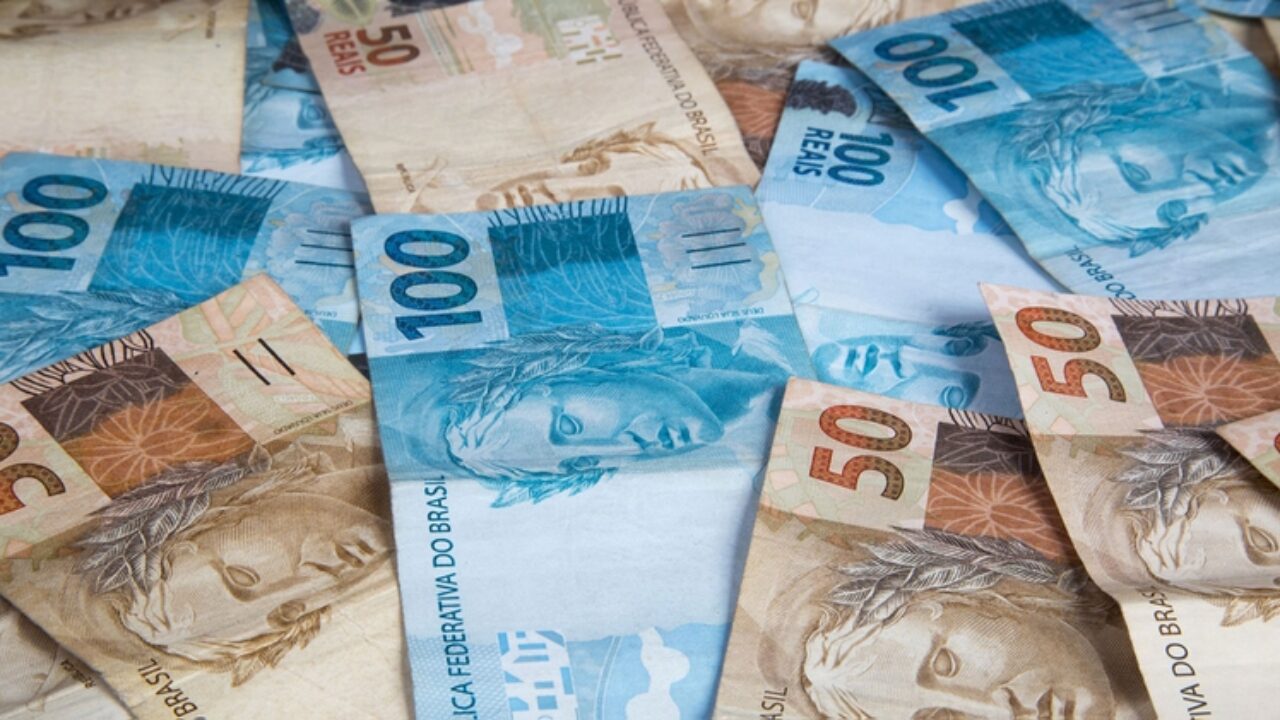The devaluation of the Argentine peso has turned the neighboring country into a good destination for Brazilian tourists.
But the gain in purchasing power of the real is not an isolated case since the combination of external economic factors and domestic political crises have pressured the price of other Latin American currencies against the dollar and the real, which helps the lives of those who are planning to travel to certain destinations in Latin America.
According to data from the website Decolar, since the beginning of the year, cities like Buenos Aires and Bariloche (Argentina), Santiago (Chile), Montevideo (Uruguay), and Lima (Peru) are among the most sought-after international destinations by tourists from Brazil.

The choice coincides with the list of countries whose currencies have depreciated more against the dollar than the real.
According to experts heard by Estadao, last year, the real performed better against the dollar than the Mexican, Chilean, and Colombian pesos, for example.
However, if the exchange rate of Latin American currencies varies a lot, how to do the math to know if it is worth going to a particular country? According to the financial educator of C6 bank, Liao Yu Chieh, the answer is that you need to research the prices of restaurants, tourist attractions, and food items in supermarkets.
All this helps understand the conversion and how much the real buys in each destination. “The best way to take advantage of the devaluation of currencies is to study the cost of living in the country and set up an itinerary,” says Chieh.
An economic index that can facilitate the task is the “Big Mac index”, created by The Economist magazine in 1986. The guide analyzes the price of the fast-food chain sandwich in different countries compared to the US dollar.
“This index has limitations, but it is an easy way to compare the cost of living in different countries,” says Nobre.
According to the survey, in December 2021, the average price of a Big Mac in Brazil was R$22.90 (US$4.16). At that time, the value of the snack in the USA would be R$30.85 for a Brazilian, with a reduction in purchasing power of 25.77%. With the current exchange rate variation, this difference increases to 27.95%, with the sandwich costing R$31.78.
Estadão took the Big Mac index into account to analyze the purchasing power of the real in 11 countries (the US and ten Latin American countries). According to the index, the real has a higher purchasing power than in nine of these destinations.
At the current exchange rate, the strongest performance of the Brazilian money is against the Colombian peso (COP).
COP 1 is equivalent to R$0.0012. In the case of Argentina, the leading international destination for Brazilians, the Argentine peso (ARS) has depreciated 22% against the real and 23% against the US dollar in one year.
Of the Latin American countries analyzed by The Economist, the real only has a lower purchasing power than the Uruguayan peso (UYU). Currently, the traditional McDonald’s sandwich would cost R$30.82 in Uruguay, or 25.7% more than here.
If the exchange rate difference brings gains to the purchasing power of the real, the lack of planning at the time of conversion can undermine this difference and even leave the Brazilian at a loss.
The C6 specialist reminds us that when traveling internationally, it is important to pay attention to currency conversion rates and the use of credit card. “In Brazil, the cost of foreign currency is high. So the traveler needs to be aware of their needs,” he says.
Another tip from the financial educator is to purchase dollars instead of pesos (from any country). “Arriving at the destination, you convert to local money, but several countries accept payments made with American currency,” he says.
The exchange rate of Latin American currencies varies a lot, and it is necessary to do the math to know which country is more advantageous in terms of purchasing power.
One tip is to prepare by buying dollars little by little instead of pesos (of any country). According to the expert Liao Yu Chieh, from C6 bank, besides the advantageous conversion, some establishments usually accept the US currency.
As the currencies of several Latin American countries are depreciating, buying the local currency only at the destination avoids that the consumer has a loss by having ‘leftovers’ of weak currency in his hands; the dollar can always be used on a future trip.
Another important tip is to understand the currency conversion rate and how much the real is worth in practice at the chosen destination.
With information from Estadão

